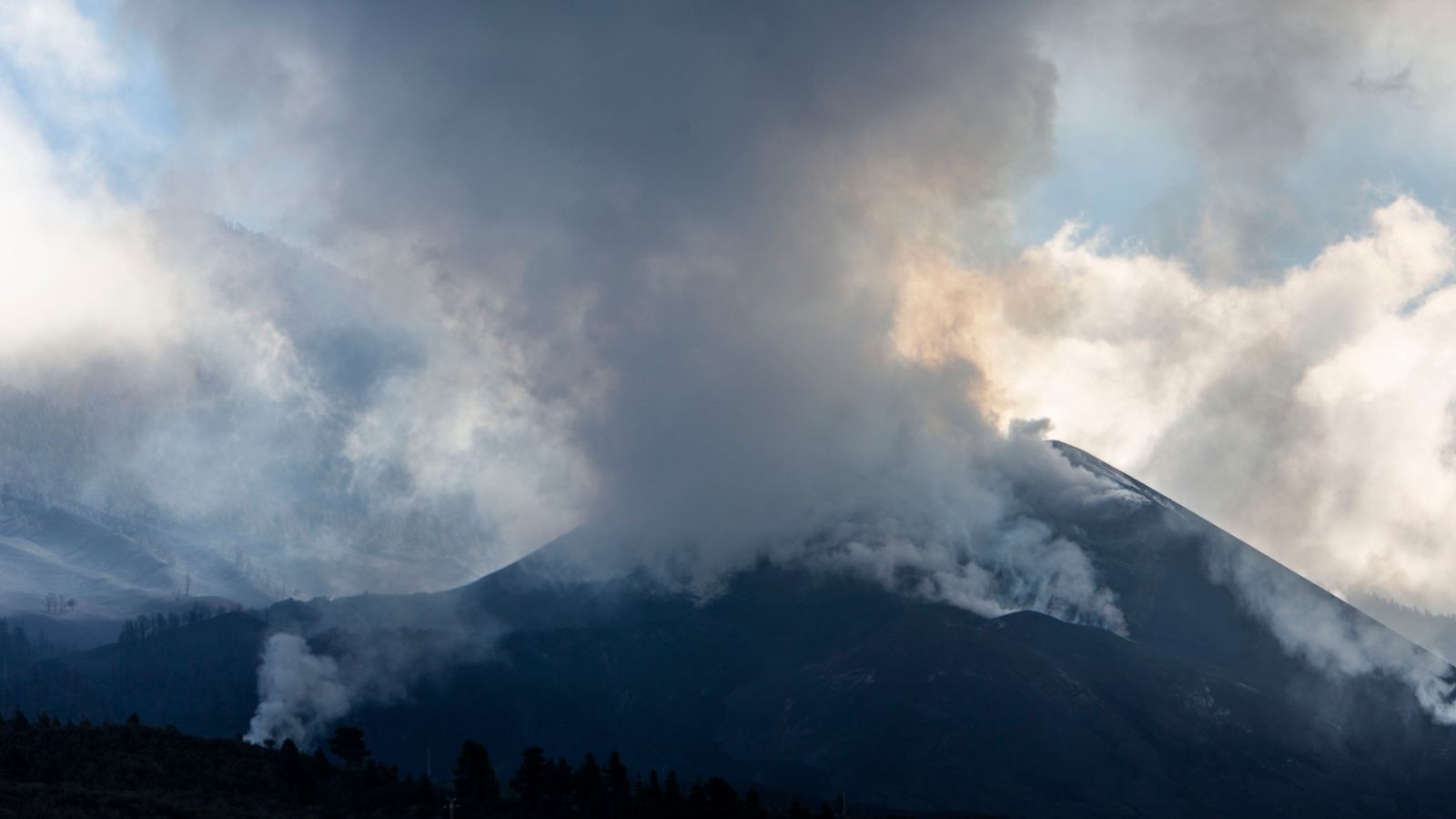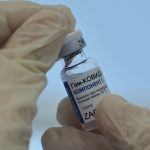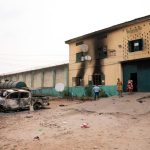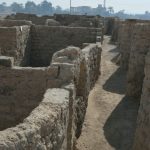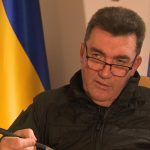The Cumbre Vieja volcano has remained silent for a second day – raising hopes its three-month eruption on the island of La Palma is coming to an end.
Involcan, the Canary Islands Volcanology Institute, said seismic activity all but stopped late on Monday.
The island is now experiencing its longest period without tremors since the eruption began on 19 September.
Ruben Lopez, a geologist with the Spanish geographical institute, said: “We can see now that the seismicity is very weak, the deformation is zero, the tremor is zero.
“Now, with these parameters, we can see the volcano had stopped, and maybe we could start to see the end of the La Palma volcanic eruption.”
Please use Chrome browser for a more accessible video player
Emissions of sulphur dioxide, which had forced a lockdown of a third of the island’s population before the volcano went
silent, were “extremely low” on Tuesday, Involcan said.
Still, experts from the eruption response committee do not rule out a resumption of volcanic activity.
La Palma: Residents warned to stay inside as fresh lava from volcano spills off coast of Spanish island
La Palma eruption: Homes covered in ash as volcano continues to emit magma and gas more than five weeks after it began
La Palma volcano declared more active than ever as it spews ‘giant lava fountain’ on Canary Island
The eruption, which sent rivers of molten lava down the slopes of Cumbre Vieja for weeks and expanded the size of the
island by more than 48 hectares, is the longest on La Palma, according to records dating back to the 16th century.
Thousands of people have been evacuated, at least 2,910 buildings have been destroyed and the island’s main source of livelihood, banana plantations, have been devastated.
